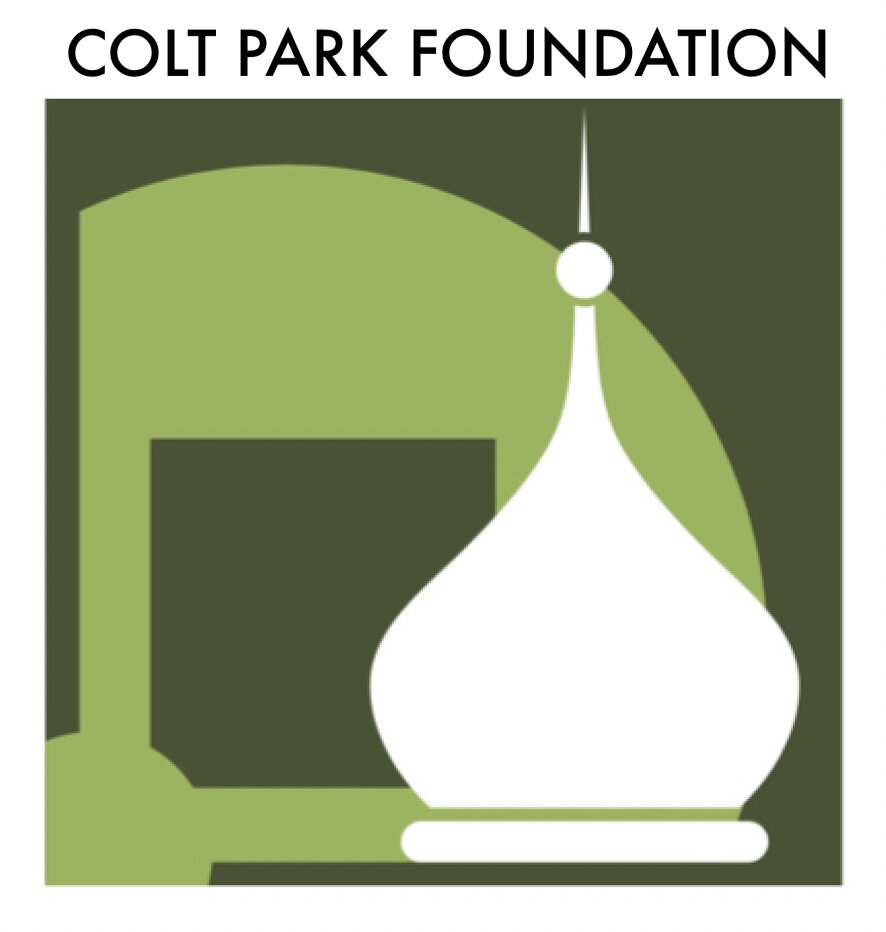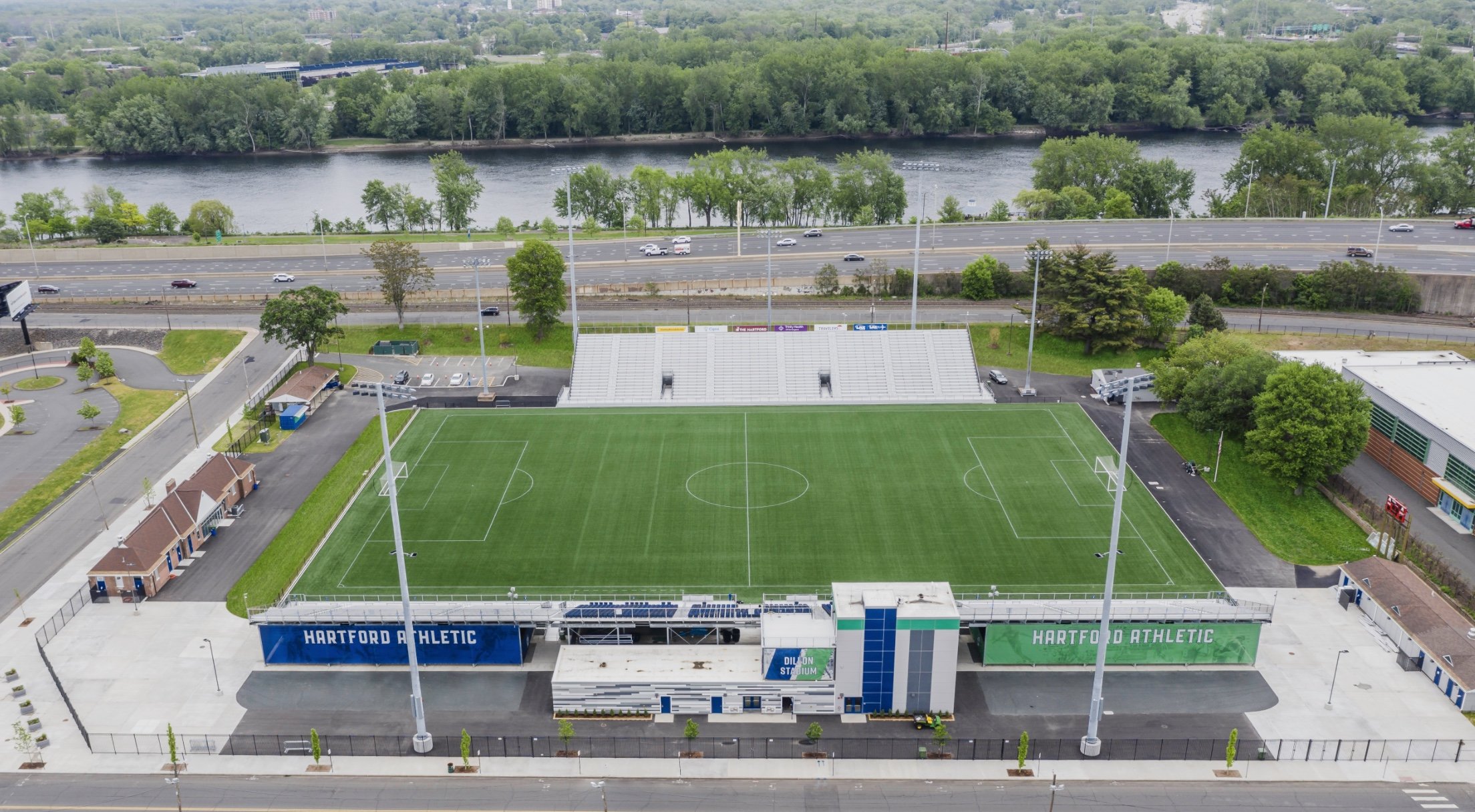HISTORY
In 1900, Mrs. Elizabeth Jarvis Colt promised more than 106 acres of land to the City of Hartford. The gift was accepted by the Common Council on November 13, 1905. The donated lands, extended from Wethersfield Avenue to the Connecticut River. A plan was developed for the park by Theodore Wirth, Parks Superintendent. This plan retained a portion of the Colt estate grounds, including an ornamental pond with picturesque plantings, grand shade trees and a curving drive. The balance of the land was lined with trees, leaving open space in the middle for field play.
THE COLT’S
The estate of Samuel and Elizabeth Jarvis Colt gifted Colt Park to the City of Hartford.
A granite and bronze memorial to Colonel Samuel Colt sits upon the main entrance to the Colt Park. The inscribed memorial says: “On the grounds which his taste beautified by the home that he loved this memorial stands to speak of his genius, his enterprise and his success and of his great and loyal heart. His wife in faithful affection dedicates this memorial, 1905.” Elm trees in the park drives were planted in 1920 to commemorate one hundred and eighty-nine men who lost their lives during World War I. In 1926 memorial tablets were provided by the American Legion.
SAMUEL COLT MEMORIAL
Dedicated in 1905, the same year that Colt Park officially became a city park.
The lands for Dillon Stadium were also part of the original Colt gift. First opened in 1935, the stadium was a FERA project (Federal Emergency Relief Administration). The related Field House was erected in 1939. Stadium seating capacity is 9,600. Lighting was introduced in 1964. The block west of the stadium is used for surface parking. The venue was renamed known Trinity Health Stadium in 2022.
TRINITY HEALTH STADIUM
Hartford Athletic soccer is now the venue’s most popular attraction.
Colt Park was listed on the National Register of Historic Places on June 8th, 1976. It was designated as part of the Colt Industrial District, valued for its association with Samuel Colt, bounded by Wawarme, Wethersfield, Hendricxsen, Van Dyke Avenues and Stonington, Masseek and Sequassen Streets. In 2016, the entire area of Coltsville was authorized to be a National Historical Park, however that official designation has not yet been established.




